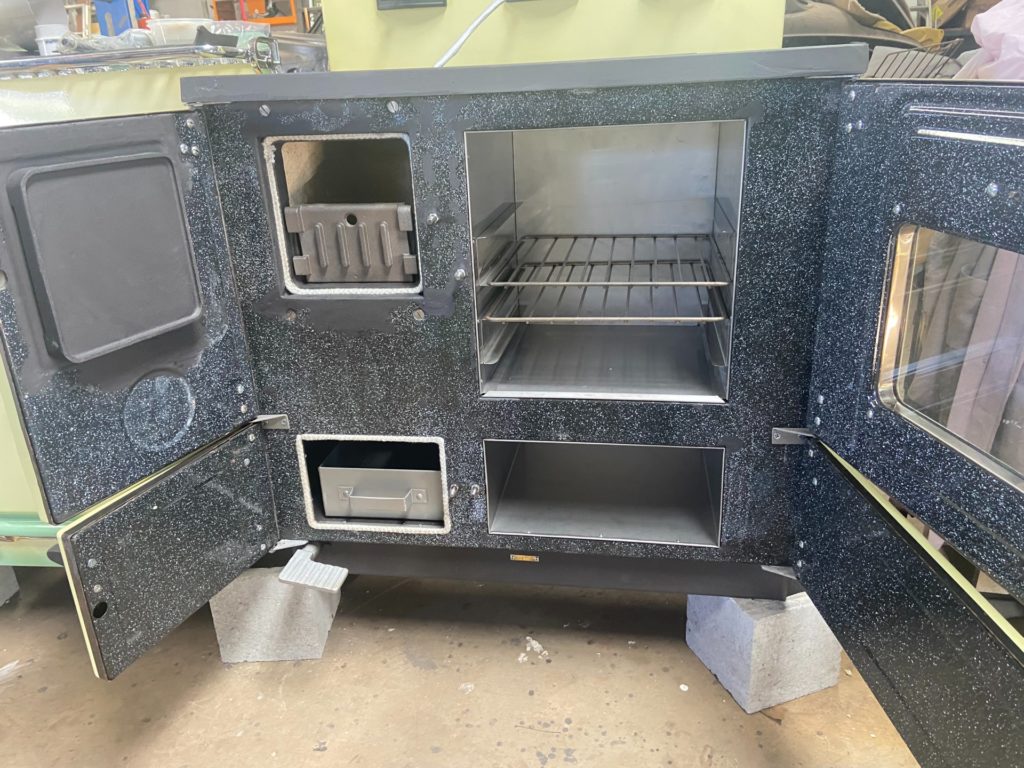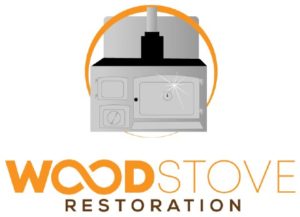Check out the condition of the enamel on this slow combustion Crown!
Vitreous enamel, also called porcelain enamel, is a material made by fusing powdered glass to a substrate by firing, usually between 750 and 850 °C (1,380 and 1,560 °F). The powder melts, flows, and then hardens to a smooth, durable vitreous coating. The word comes from the Latin vitreum, meaning “glass”.
Enamel can be used on metal, glass, ceramics, stone, or any material that will withstand the fusing temperature. In technical terms fired enamelware is an integrated layered composite of glass and another material (or more glass). The term “enamel” is most often restricted to work on metal, which is the subject of this article. Essentially the same technique used with other bases is known by different terms: on the glass as enameled glass, or “painted glass”, and on pottery, it is called overglaze decoration, “overglaze enamels” or “enameling”. The craft is called “enameling”, the artists “enamellers” and the objects produced can be called “enamels”.
Unfortunately, when the enamel is too damaged, it doesn’t make financial sense to have the enamel redone as it can cost thousands.

Recent Posts
Crown Wood Stove New Hot Plates New hot plates for Crown wood stove, $60 each, replace those pitted old ones. Suit Crown no.1 no.7 no.8 no.2 Measurements shown, if wanted to see if they...
Introduction Wood stoves have long been an integral part of Australian homes, offering warmth, ambiance, and a reliable heating source during cold seasons. With the growing appreciation for...

